| EN 12492: Climbing and mountaineering helmet | EN 397: Helmet for industrial use |
These two standards, designed for different environments, have partly common and partly different design and performance requirements. For any helmet to meet and qualify for the standard, it must meet all design and performance requirements.
main difference between two standardsrequirements differences are:
A.) Difference in design requirements:
 | VENTILATION |
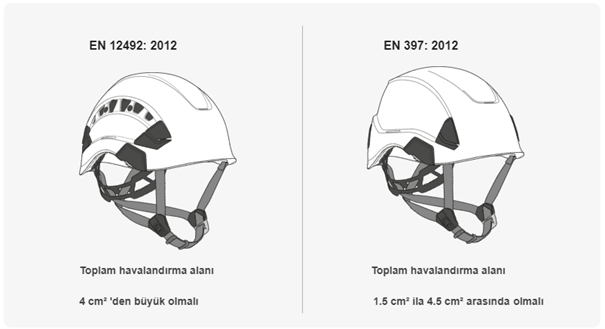
 | JAW TIE STRENGTH |
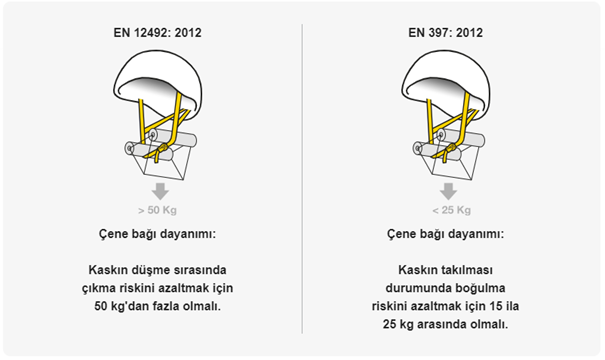
The requirements in the regulations regarding the chin strap have emerged in proportion to the following working method.
- EN397 standard: Covers work on all kinds of surfaces when feet are on the ground.
- EN12492 standard: Covers work in the air and in space, such as climbing and rope access activities
 | INTERNAL VERTICAL CLEARANCE |
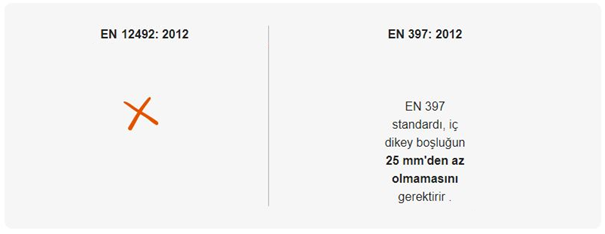
 | In many EN 12492 standard helmets, this distance cannot generally be achieved because inner lining or anti-perspirant devices are used. |
B.) Differences in performance requirements:
 | SHOCK ABSORPTION REQUIREMENT |
This requirement aims to qualify the ability to protect against objects falling on the head and absorb impact while the helmet is worn.
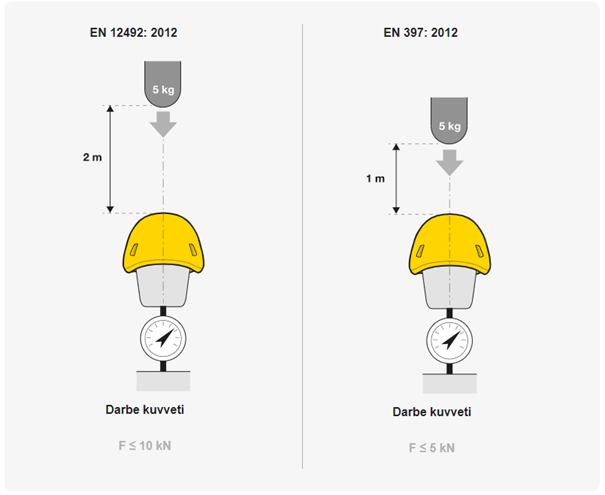
 | PENETRATION REQUIREMENT |
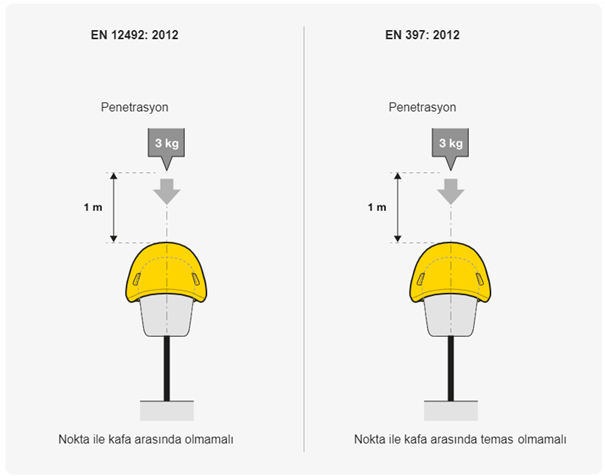
 | FLAME RESISTANCE |
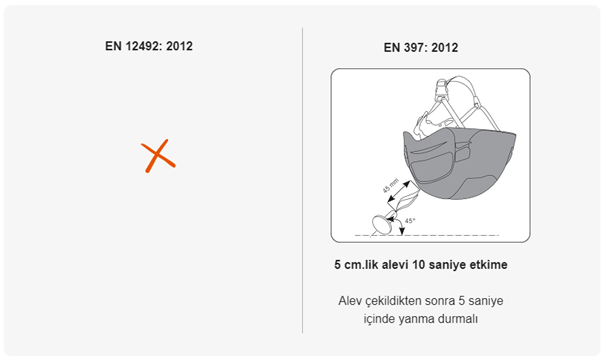
 | PROTECTION AGAINST MOLTEN METAL SPILL |
The need to test the protection of helmets against molten metal spillage is in question in industrial studies and therefore within the scope of EN397. To do this, the molten metal in a 50mm
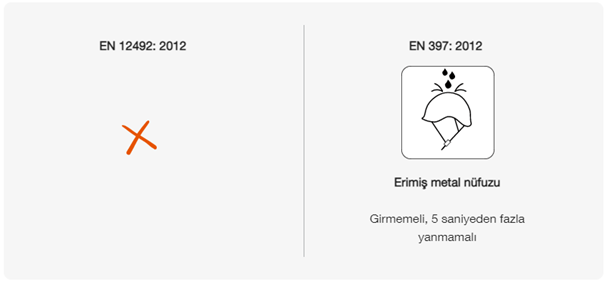
Source:
1.) https://www.petzl.com/INT/en/Professional/Understanding-your-helmet-s-European-certification?ProductName=VERTEX
2.)Other resources…
Our helmets:
Pegaso Industrial Helmet:https://pirisafe.com/urun/kask-endustriyel/
Quato Dağcılık Kaskı: https://pirisafe.com/urun/kask-dagci/

 Türkçe
Türkçe
